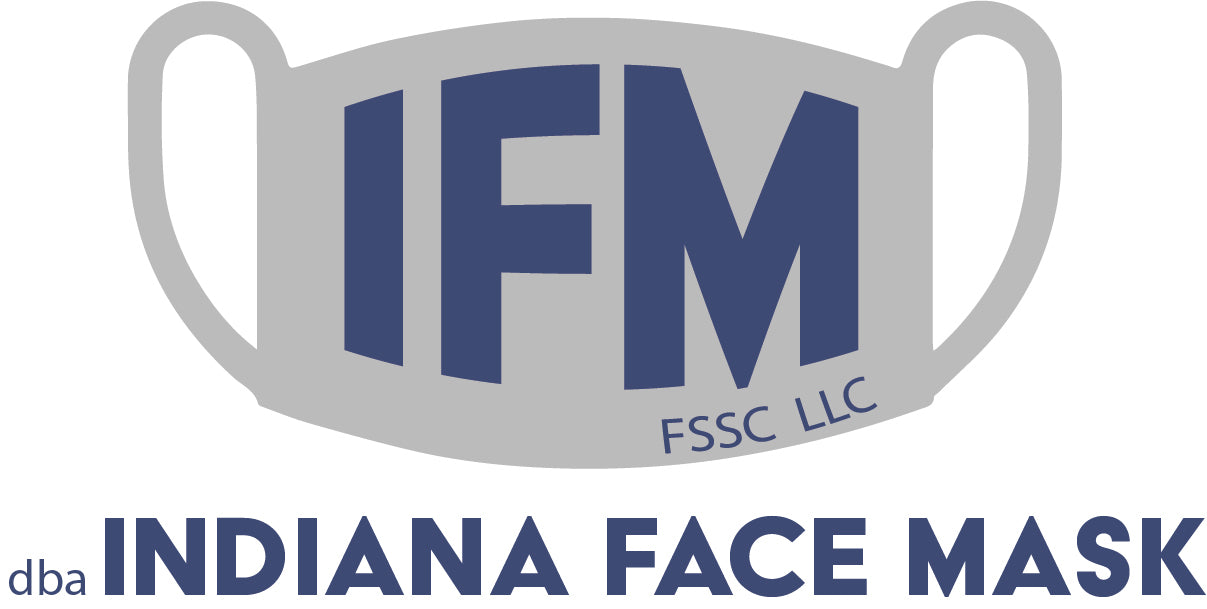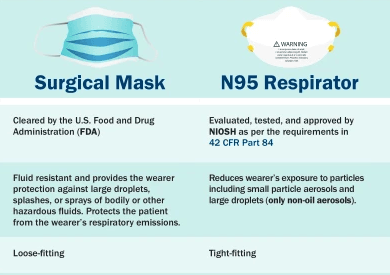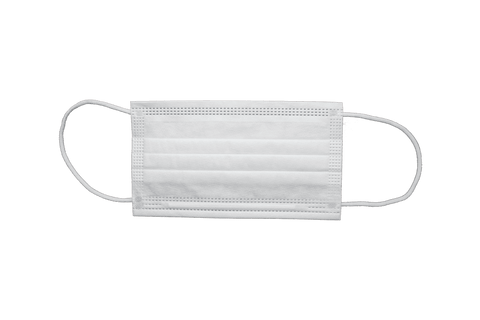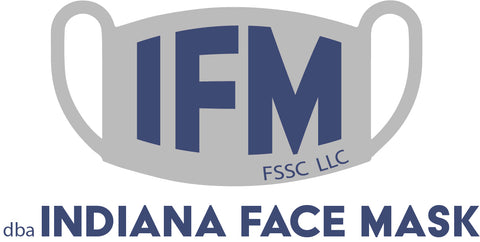At Indiana Face Mask, we hope to simplify the purchasing process so that you, the customer, can make a hassle-free and easily-informed decision on which product is the best fit for your needs.
It can be incredibly confusing trying to compare all the different kinds of face masks, surgical masks, and respirators that are available to buy now, especially as the medical supply and medical equipment market is rife with counterfeit and fake PPE products.
A face mask, as defined by the Food and Drug Administration, is:
"A mask, with or without a face shield, that covers the user's nose and mouth and may or may not meet fluid barrier or filtration efficiency levels. Face masks that are not intended for a medical purpose are not considered medical devices. Face masks may be used by the general public and health care personnel as source control in accordance with CDC recommendations on Interim Infection Prevention and Control."
A surgical mask, as defined by the Food and Drug Administration, is:
"A mask that covers the user's nose and mouth and provides a physical barrier to fluids and particulate materials. Surgical masks intended for medical purposes are considered medical devices. The mask meets certain fluid barrier protection standards and Class I or Class II flammability tests. Surgical masks are also tested for biocompatibility and are considered personal protective equipment (PPE). While a surgical mask may be effective in blocking splashes and large-particle droplets, they do not provide complete protection from germs and other contaminants because of the loose fit between the surface of the mask and your face. Surgical masks are not respiratory protective devices such as respirators."
A respirator, as defined by the Food and Drug Administration, is:
"Respirators, known as filtering facepiece respirators (FFRs), including N95s and surgical N95s, filter at least 95 percent of airborne particles. They are PPE that tightly fit the face and provide certain filtration efficiency levels to help reduce wearer exposure to pathogenic airborne particles in a health care setting. They provide a higher level of protection against viruses and bacteria when properly fit-tested."
For additional differences between surgical masks and N95 respirators, please see CDC's infographic, which is shown below.





